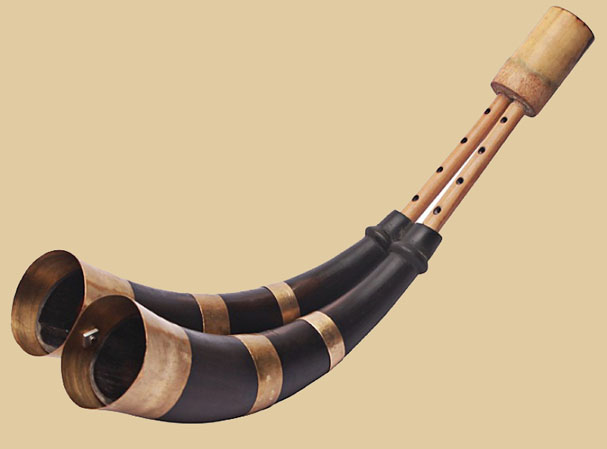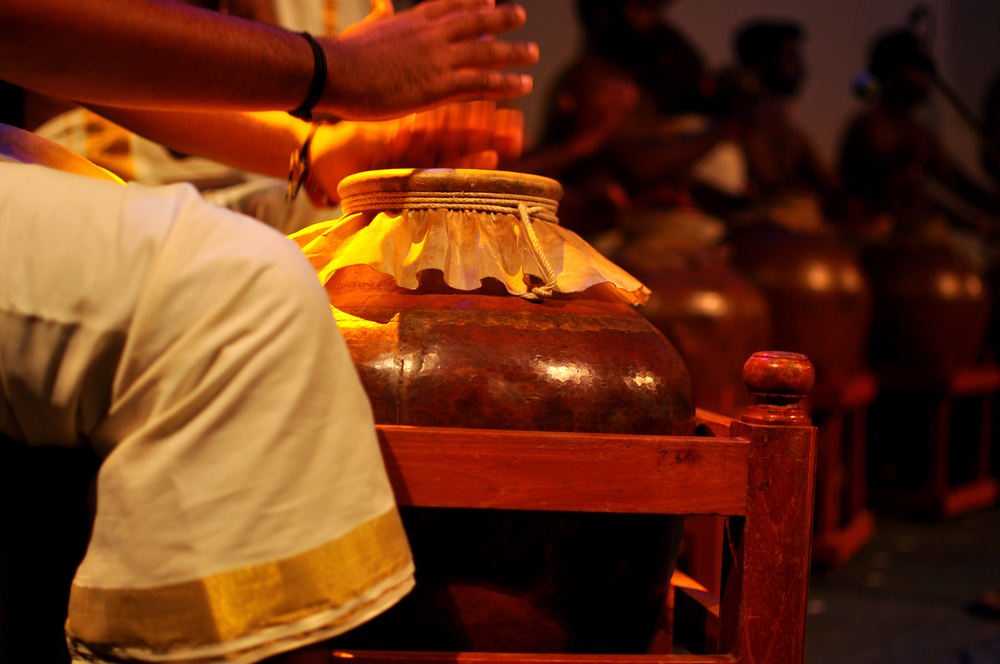Rare Musical Instruments from India’s Rich History
India with its diverse culture boasts of a rich musical history which is instilled in a wide range of styles, forms, and types of instruments used. In India, there are two major forms of music: Hindustani and Carnatic and it also has a bearing on the instruments used.
Many forms of music and musical instruments survived the rigours of time and got their share of mainstream recognition. However, there are many that couldn’t enter the mainstream and are practised by only by a small number of people in a few pockets of India. Such rarely used musical instruments have fascinating factual associations and background stories.
Here are some rarely used musical instruments that have contributed equally to the Indian musical scene as any other popular instrument today:
Yazh

Yazh is an ancient plucked string instrument that essentially has the same design as the western harp. This instrument from south India is an ancestor to Veena and was played in many temples during the rule of the Chera dynasty. The earliest indication of Yazh is in the works of poet Thirukurral.
Pepa

Pepa is a wind instrument which is made out of buffalo horn. This musical instrument from the state of Assam is primarily used in the occasion of Bihu. This instrument is normally played by young male Bihu artists together with other instruments and is accompanied with clapping hands.
Algoza

This musical instrument is played by rural folks in Punjab and Rajasthan. Alghoza resembles the flute and consists of a pair of woodwind instruments. One is for melody while the other is for drone and is played using three fingers on each side. Today it is also played by Sindhi and Balochi musicians and is often used in the genres of Mirza, Jugni, and Jind Mahi.
Udukai

This musical instrument is a hand drum and comes under the category of membranophone instruments. It is indigenous to Tamil Nadu and is often played inside a Shiva temple during prayers and other devotional practices.
Mizhavu

Mizhavu is a percussion instrument made of copper with its origins in the state of Kerala. This instrument is principally accompanied by other instruments at temples during Koothu and Koodiyattam art performances. In temples, only members of the Ambalavasi Nambiar community are allowed to play this instrument.
Sursingar

Sursingar literally means ‘Embellishment of Melody‘. This string instrument resembles a sarod, but is much larger and produces a deeper sound. This instrument is primarily made of wood or leather depending on the time it was created.
Sambal

Sambal is a musical instrument from Western India and is a major part of their folk music tradition. The instrument constitutes two drums with different pitches and different sizes. The respective sticks for the drums are also different at the mouth.
On the occasion of World Music Day this June, let us take an effort to encourage musicians to continue playing these musical instruments or else, there may come a time when there won’t be anyone to play these instruments.

